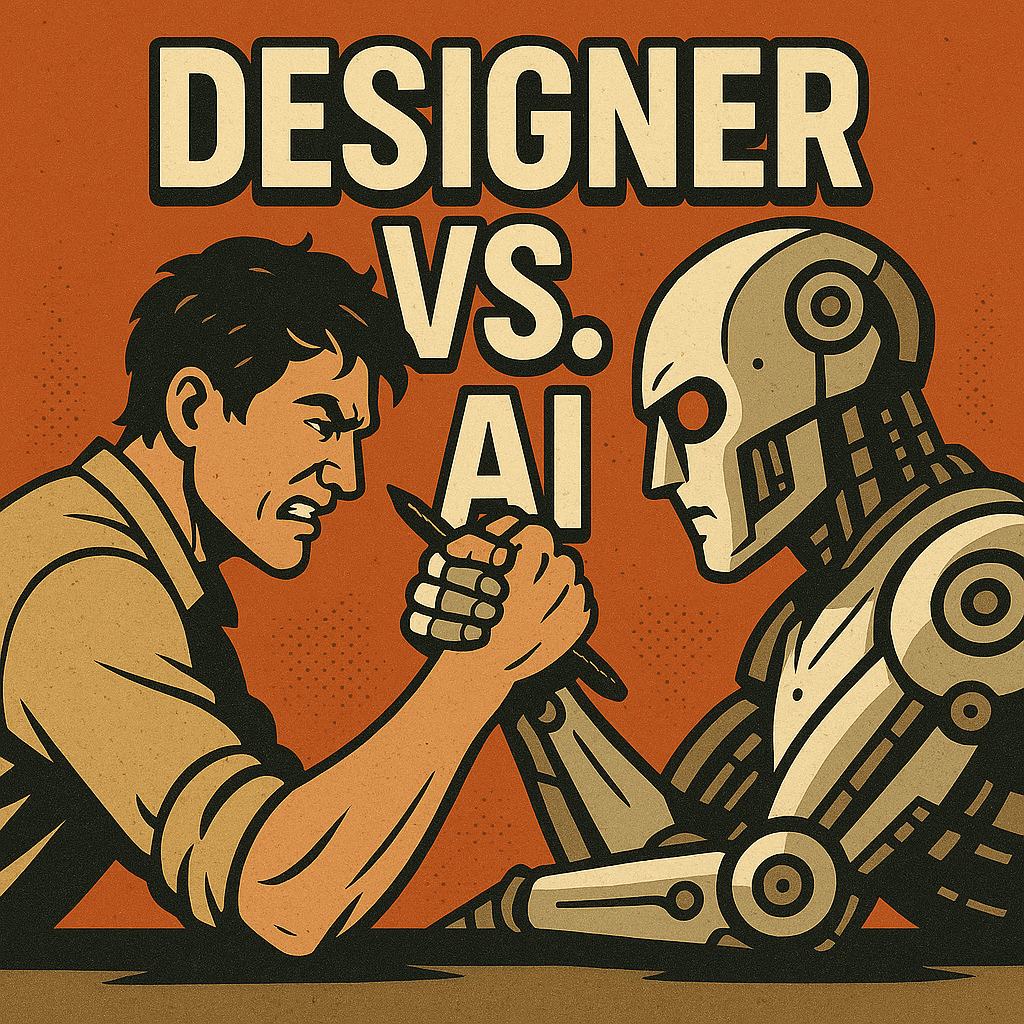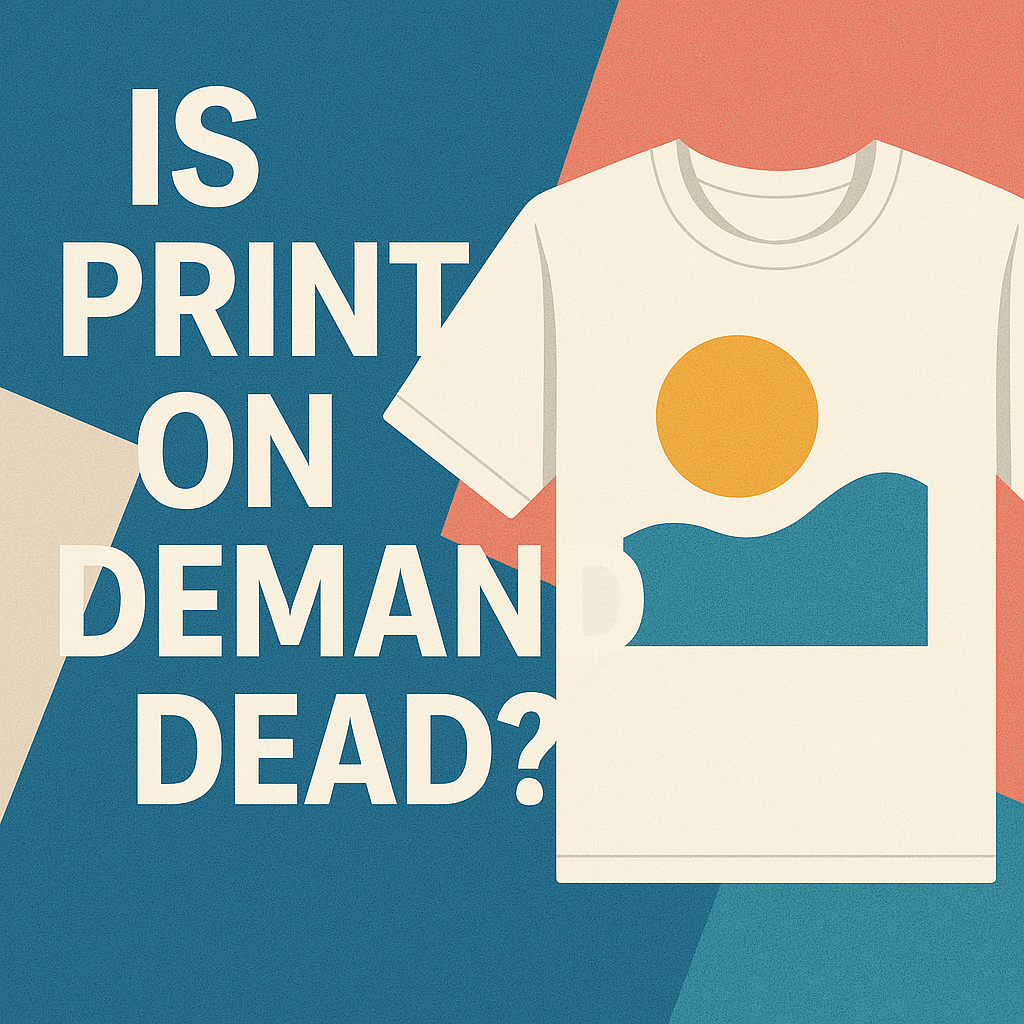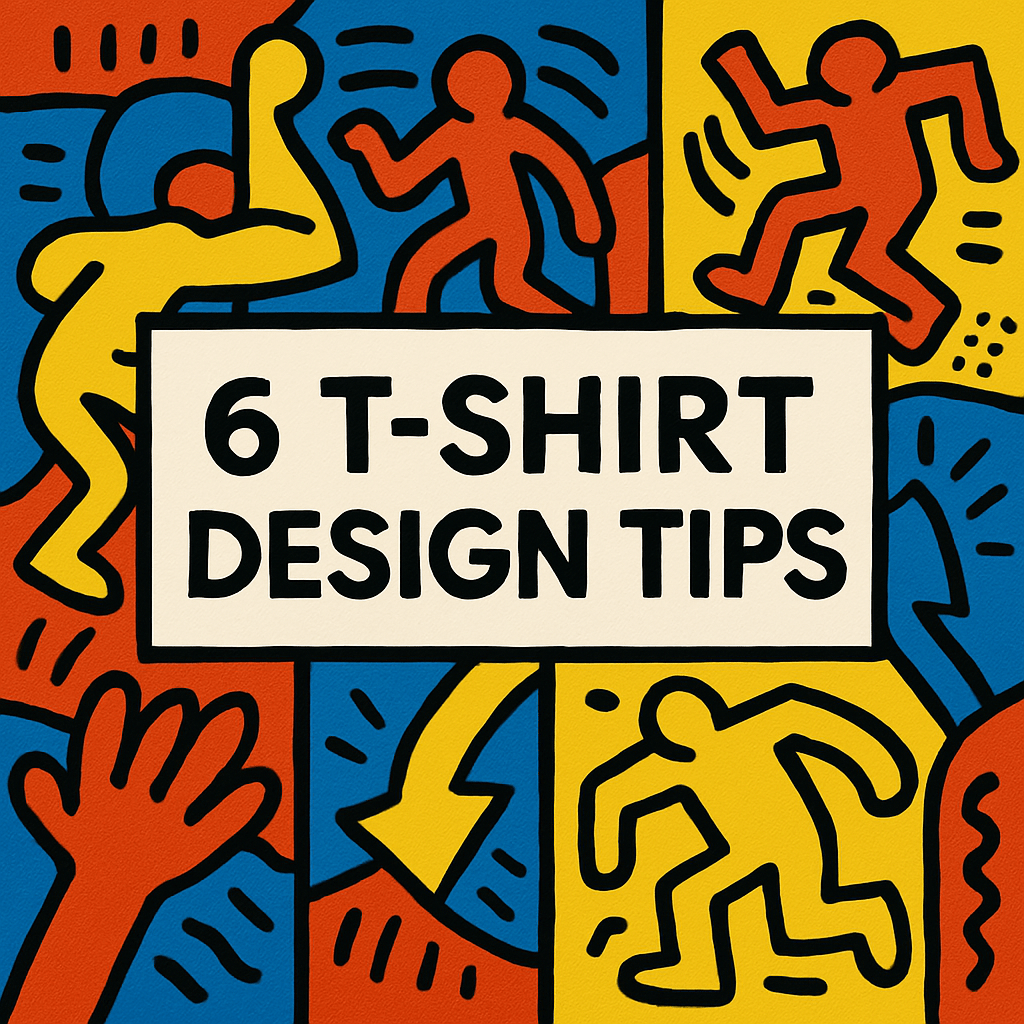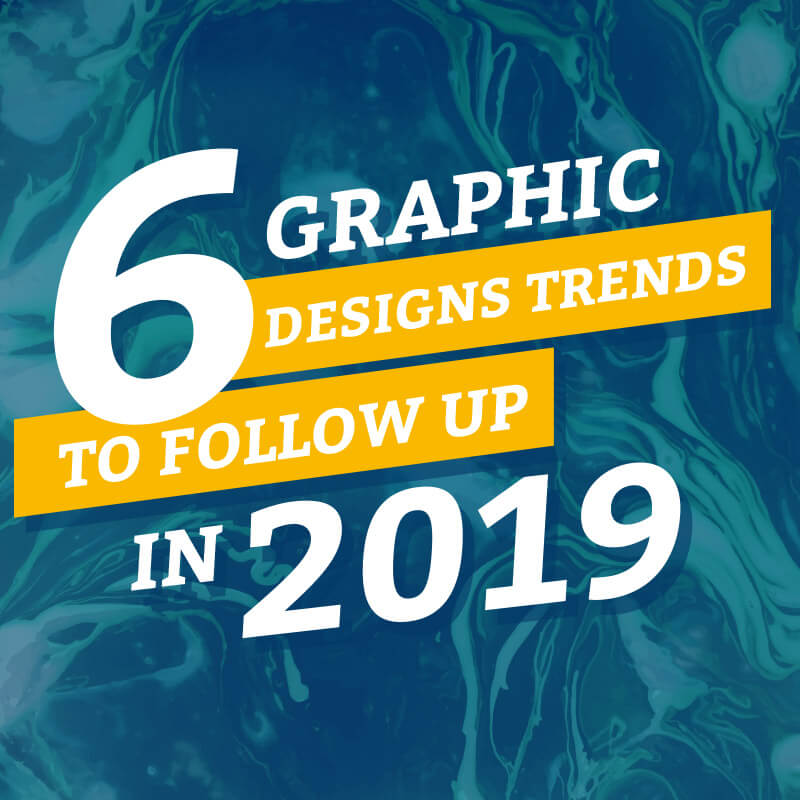
In an age where artificial intelligence is generating logos, illustrations, and even entire brand systems with just a few prompts, the creative world is asking a pressing question: What role do human designers play in the future of design? As impressive as AI tools have become, there are fundamental qualities in design that machines can’t replicate. The essence of great design lies not in perfection or automation, but in human insight, emotion, and imperfection. Here’s why graphic designers are not only still relevant but essential in defining the future of visual communication.
AI Repeats, Designers Invent
AI is trained on existing data—it synthesizes patterns, mimics styles, and builds upon what already exists. It excels at reproduction, not invention. It can remix the past with incredible speed and accuracy, but it lacks the drive to break the mold or challenge the status quo. Graphic designers, on the other hand, imagine what’s next. They take risks, reinterpret visual culture, and create visual languages we’ve never seen before. Designers shape new narratives and explore aesthetics that speak to emerging cultural moments. They set trends instead of following them, and use intuition, emotion, and lived experience to break away from predictable patterns. The future of design will be shaped by visionaries, not algorithms—by creators who ask “what if?” rather than replicate “what was.” In this way, designers are not just creating visuals; they are crafting the evolution of human expression.
Design is Personal
Every designer brings their unique perspective, history, culture, and emotional palette to their work. That personal fingerprint is what makes a piece resonate beyond its surface aesthetics, giving it layers of meaning that are often unspoken but deeply felt. Whether it’s a color choice informed by childhood memories, a composition shaped by personal struggles, or a layout inspired by cultural heritage, design is not just a product—it’s a reflection of the designer’s inner world. This embedded identity, emotion, and authenticity is what connects the viewer to the work on a deeper level. AI can’t replicate the individuality of lived experience—it can only guess at what it means to feel, and even then, it lacks the emotional intelligence to understand why that feeling matters. Designers draw from relationships, identity, intuition, and even flaws to produce work that is not only visually compelling but emotionally resonant. That human essence is what elevates design from simply beautiful to genuinely meaningful.
Great Design Thrives on Constraints
Some of the most iconic designs in history were born from limitations—tight budgets, client demands, or technical restrictions. These constraints force creativity, pushing designers to think differently and innovate in ways they may not have considered if given complete freedom. It’s often within boundaries that the most compelling ideas emerge, as restrictions challenge the imagination and ignite inventive problem-solving. Designers must adapt, improvise, and think laterally, discovering new possibilities within the edges of what is allowed. AI might optimize for efficiency and generate endless variations, but it doesn’t struggle with limitations in the way humans do. It doesn’t feel pressure, urgency, or the need to persuade a skeptical client. It’s in the messy, frustrating challenge of navigating constraints that human designers find unexpected beauty and meaningful innovation. These experiences not only shape the final work but also help designers grow creatively and professionally, making each project a step forward in their personal evolution as artists and communicators.
Perfection Isn’t the Goal—Creativity Is
AI often aims for balance, symmetry, and polish. It is programmed to find optimal arrangements and visual harmony, but perfection can feel sterile and uninspiring. The most compelling designs often come from experimentation, happy accidents, and a willingness to be messy and imperfect. Graphic designers understand that emotional resonance often lies in the raw, the uneven, and the flawed. A crooked line or a bold color clash can evoke a stronger emotional response than a perfectly rendered grid. Creative breakthroughs frequently emerge from the process of trial and error, when designers push boundaries and follow instincts that don’t align with conventional rules. Graphic designers know that a perfectly balanced layout isn’t always the most effective one. Sometimes, disruption and contrast can draw the eye and make a message stand out more than symmetry ever could. Real creativity lives in the unexpected, the playful, the emotionally charged—and it’s this unpredictable spark, this beautifully human messiness, that separates art from automation.
Design Reflects Society
Throughout history, design has been shaped by social and political movements—propaganda posters during war, protest art, religious iconography, and more. These works weren’t created in a vacuum—they were fueled by the urgency, pain, and hope of their time. Designers have long served as visual commentators on the human experience, capturing the mood of a generation, challenging systems of power, or amplifying marginalized voices through their work. From the posters of the suffragette movement to anti-war graphics and environmental awareness campaigns, these designs told stories that couldn’t be ignored. They didn’t just decorate history—they helped shape it. Designers react to the world around them, often becoming voices for change and architects of cultural identity. AI lacks this context. It doesn’t feel the weight of injustice or the call for revolution. It can’t be moved by faith, fear, love, or rage. It cannot participate in protest or solidarity, nor can it respond to crisis with urgency or care. Without the lived experience and emotional context that drive social change, AI will always be a passive observer of history—never its designer.
What Makes Great Design Great is Humanity
At its core, great design connects with people. It makes us feel something. It tells a story. It communicates beyond language and bridges emotional and cultural divides. And all of that stems from the human touch—the imperfections, the intuition, the sense of timing and relevance that come from being part of the living world. While AI can assist in execution, streamlining repetitive tasks and enhancing efficiency, it lacks the soul and sensitivity that transform good design into something unforgettable. It doesn’t understand the subtle nuances of irony, nostalgia, or sentiment, nor can it anticipate the needs of a community on the verge of change. It’s the human behind the work—their thoughts, values, emotions, and unique perspective—that breathe life into the pixels. Great design doesn’t just serve a function; it leaves an imprint. It connects past, present, and future, and at its very best, it helps us better understand ourselves and each other. That depth of connection, driven by humanity, is something no machine can replicate.
In the End
AI is a powerful tool, and it will undoubtedly change how we work. But it won’t replace graphic designers—it will challenge them to dig deeper, be bolder, and stay rooted in the one thing AI will never have: humanity. The future of design belongs to those who not only master their craft but embrace their humanness as their greatest asset.
Recent Blog Post
Is Print on Demand Dead
157 Views
6 T-Shirt Design Tips Every Grap...
180 Views
Graphic Designers vs AI: What Ma...
208 Views
Graphic Design Trends for 2025
471 Views
6 graphic design trends to follo...
1173 Views
Categories
- Design (25)
- Inspiration (5)
- Knowledgebase (2)
- News (3)
- Uncategorized (2)
Subscribe
Most of the time, we share our discount coupons to our Newsletter Subscribers only. And get products updates also!
You Can Unsubscribe Anytime






